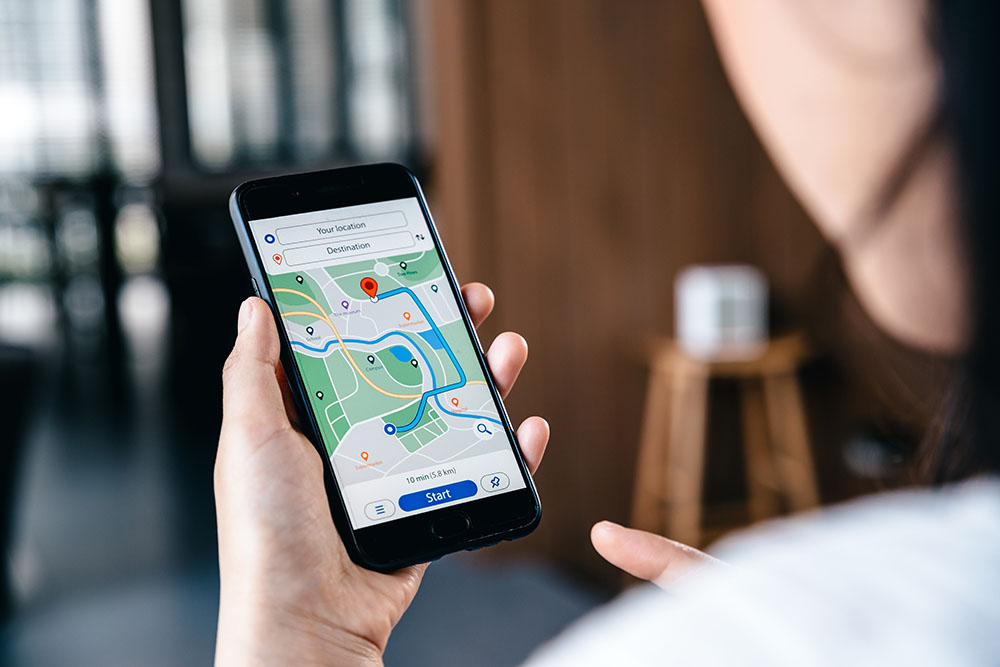By Ines Aviles-Spadoni, M.S., M.A., Research/Communications Coordinator, UFTI

Just as the U.S. Environmental Protection Agency launched its Feed it Onward initiative to reduce food waste and strengthen food security in America, a recent study conducted by UF and Auburn University has shown how using GPS data from smartphones can lead to new insights about where and how people access food.
“In a time when a growing number of U.S. households experience food insecurity, we need better knowledge of how households acquire food from various food-selling places to home to inform effective interventions and policies,” said Xiang ‘Jacob’ Yan, Ph.D., assistant professor, UF Department of Civil and Coastal Engineering. “Yet traditional research approaches such as surveys have key limitations such as small sample size and lack of spatiotemporal coverage.”
The study’s authors, including principal investigator Yan, analyzed millions of anonymous GPS data from Jacksonville, Florida. The research team was able to map how people moved across the city to and from places such as grocery stores, dollar stores, and convenience stores. The data was acquired through location-enabled smart devices such as smartphones, tablets, and smartwatches.
The information that emerged from the data mapping showed a pattern of how often people visit a food source, which food stores they visit, how far they drive to access a food source, and which types of food stores they shop at. An interesting finding from the study revealed that people prefer to travel a farther distance to reach their favorite grocery store than shop at a location closer to them.
“While this finding is not new, our data further reveal how much farther people travel, how frequently they make these visits, and whether they visit nearby local stores at all,” Yan said.
The data also revealed that smaller establishments, such as convenience stores located in gas stations, were frequently visited, suggesting that these types of stores play an important role as a food source in neighborhoods with no grocery stores.
But as with all studies, there are some limitations to using GPS data for food access research. For example, issues with data coverage may lead to an underestimation of how frequently people visit food stores. Also, how about people who do not use smartphones or who don’t make it a habit of turning on their location tracking? These limitations may not fully capture reality across the community, leaving out those who are less technologically savvy or those concerned with locational privacy.
“I will always take findings based solely on opportunistically collected big data with a grain of salt, and I believe evidence triangulation is essential to ensure robustness and accuracy,” Yan said. “To me, the most promising path forward is combining big data with traditional small-data approaches to balance between breadth and depth.”
The work of Yan and his colleagues showcase how GPS data can be used to show how people access food, which is important for urban planners, policy makers and those working in the public health field. In a moment where the EPA’s Feed it Onward initiative has been launched, studies like this one show how data-driven tools can help communities have access to healthy and budget-friendly food.
